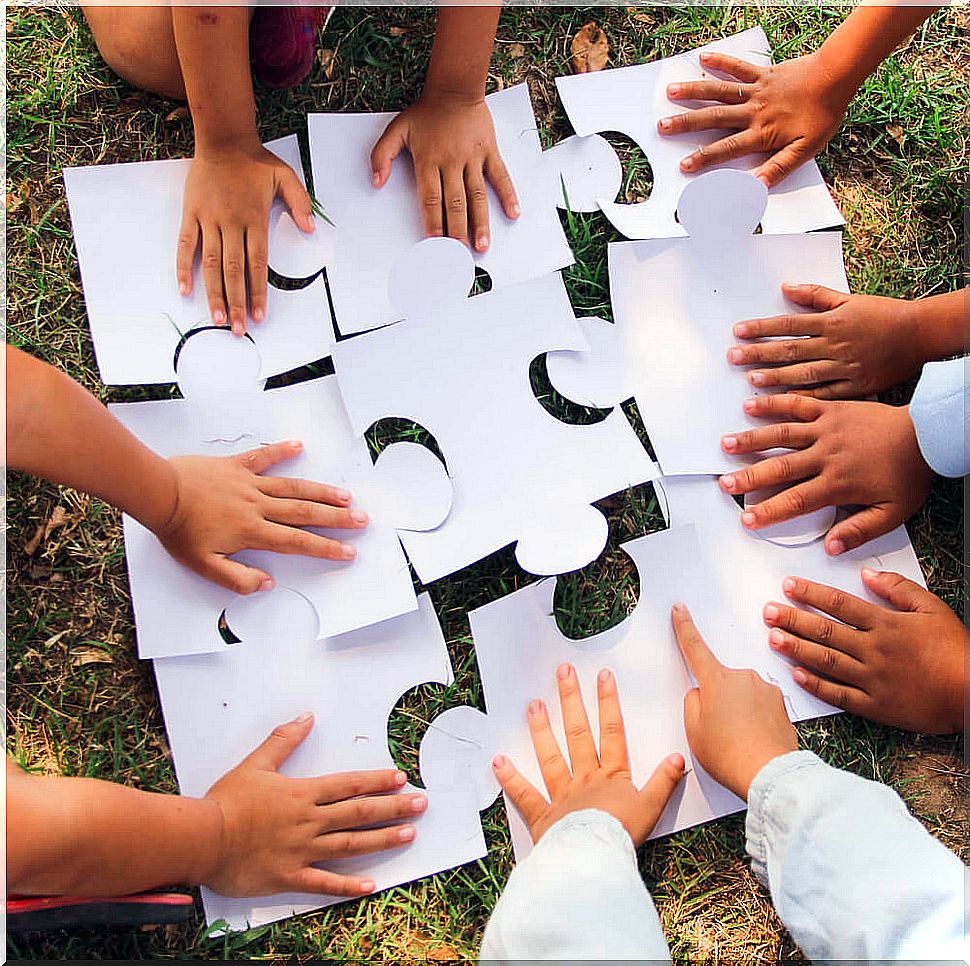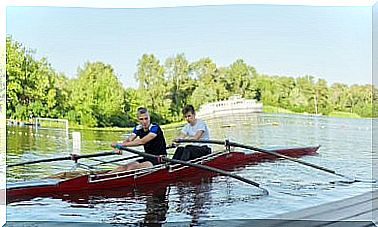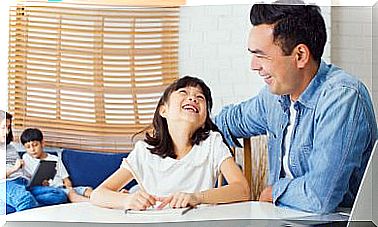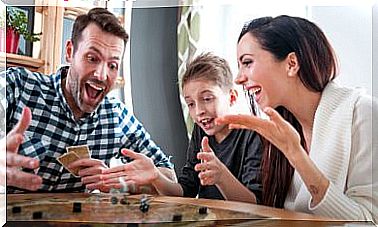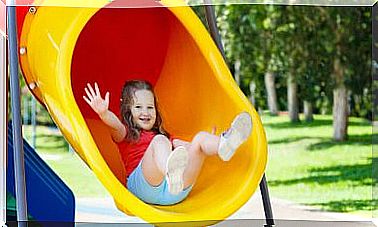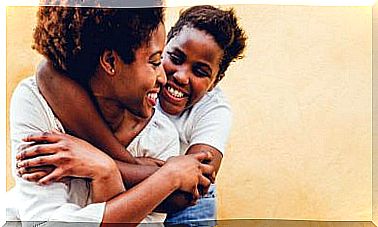Ausubel’s Significant Learning

The idea of meaningful learning was developed by David Pau Ausubel, a psychologist and pedagogue born in New York, USA, in 1918. Ausubel’s theoretical developments, like those of Jean Piaget and Lev Vigostky, have had a great influence on the pedagogical current of constructivism.
The meaningful learning theory proposed by Ausubel became an alternative to the most generalized form of rote learning to this day. A type of learning that only serves to examine oneself and then in a short time is forgotten.
Unlike rote learning, meaningful learning is progressive and works with breaks and continuities between old and new knowledge, and its objective is for students to grasp and build new meanings.
Previous knowledge as the basis of Ausubel’s theory
The theory on how people learn proposed by Ausubel maintains that learning happens when the knowledge that one already possesses is increased and perfected. With which, it gives vital importance to prior knowledge and the logic of thought that each of us use to learn.
Ausubel stated that a cognitive bridge is established between new ideas that interact with old and previous ones, provided that these are specifically relevant. These relevant ideas serve as an anchor for the new information, which is why Ausubel called them ‘ anchor idea’ or ‘ sunbunsor’ . In addition, he stated that these subsunsores are not only about concepts, but can also be an image, a symbol, a proposition or mental scheme.
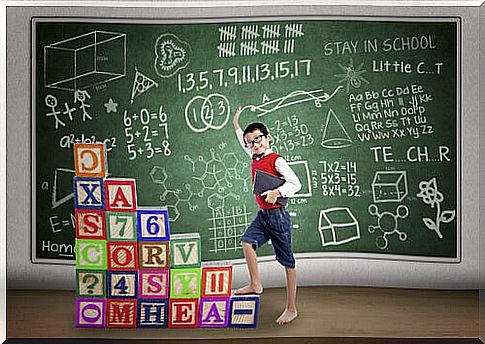
The interesting thing about Ausubel’s proposal is that, as the new concept is understood, the previous ideas related to it are modified at the same time. That is, old concepts and knowledge acquire new meanings or are transformed into more complex and elaborate ones. They can even serve to corroborate other existing concepts, giving them greater stability.
How to achieve meaningful learning?
Ausubel raised two fundamental conditions for meaningful learning to be possible:
The learning material must be potentially meaningful
To make educational material, that is, classes, books and programs ( software ), potentially meaningful, they must have the following characteristics:
- Be related to the previous knowledge of the students. This is the main characteristic that the new educational material should have.
- Logical sequence. Which means that it must be a material that presents an initial vision of the whole and then advances in the differentiations of categories, properties or criteria.
- Based on examples. In other words, to show the new material, the teacher must find clear examples on which to support his explanation.
- Serve as ‘previous organizers’. These are also educational materials, statements, phrases or examples, but introductory, presented before the learning material itself. They are organizers that serve as a bridge between what the student knows and what he should know so that new concepts can be learned meaningfully.
The learner must have a predisposition to learn
Although Ausubel speaks that it is the student who should have this predisposition, his focus is on the educator. The latter is the one who must consider the previous ideas-anchors of his apprentices from which to teach the new material.
On the other hand, Ausubel also considers a motivational and emotional aspect as a condition for meaningful learning to be possible. Which is also the responsibility of the educator who must motivate his students to learn, capturing their attention based on some previous concept, image, idea or mental scheme.
Related to the motivational aspect that Ausubel recognizes, it also highlights some external factors that must be in agreement and harmony because they influence the achievement of learning. These factors are:
- The classroom climate. Calmness of the students and the teacher, the ways of addressing each other, the tones of voice, etc.
- The objects arranged within the classroom. Ausubel argued that the arrangement of tables, chairs, and other objects should help both the students and the teacher not be distracted and feel comfortable.
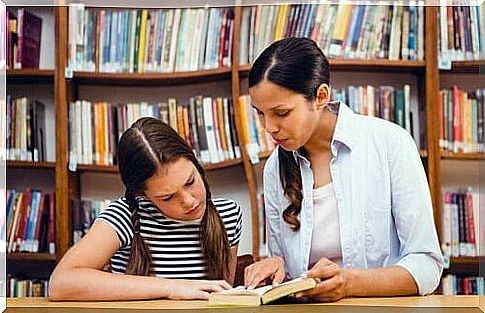
Types of meaningful learning
Ausubel distinguishes three types of learning:
- Learning representations. It is an elementary learning and on which the other types of learning depend. It consists in the attribution of meanings to certain symbols associating them to a concrete and objective part of reality. For example, a child learns the word ball when the meaning of that word represents that ball that he perceives.
- Learning concepts. In this learning , the meaning is no longer associated with a specific symbol, but is associated with an abstract idea. For example, it is no longer a question of the specific ball that the child sees, but of the concept of ‘ball’, with its characteristics and attributes that can be generalized to other balls, of other colors, sizes and textures.
- Learning propositions. It is about learning from the logical combination of concepts. That is, a proposition is a phrase that allows expressing a complex idea, composed of concepts with unitary and interrelated meanings.
Importance of meaningful learning today
The theory proposed by Ausubel on meaningful learning has great utility in modern pedagogy. Planning teaching based on students’ prior knowledge to motivate and capture their attention is the essence of Ausubel’s theory. It is a central idea that, in addition, implies the consideration of the individuality of each student and their level of development.
In addition, the important thing to achieve meaningful learning is that the knowledge acquired is active knowledge, which lasts over time, and not like that knowledge learned by heart, which is very easily forgotten in a short period of time.
In our days, in almost all the teaching processes developed in schools, the aim is precisely to generate the so-called ‘meaningful learning’. This means, unlike machine learning, that students truly understand and use the knowledge they have learned.
